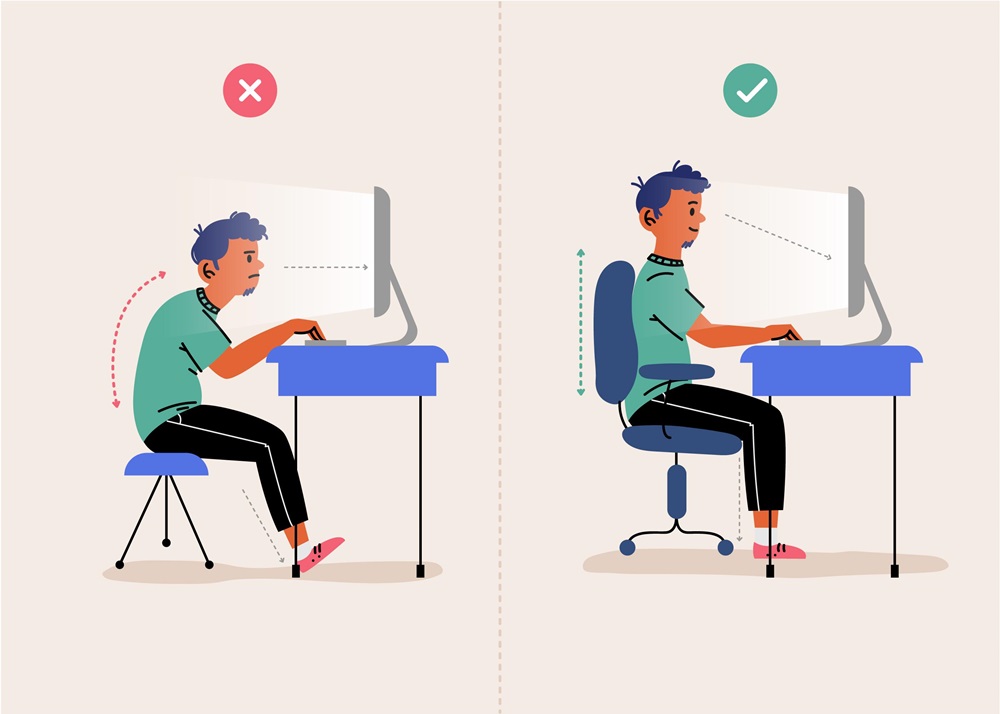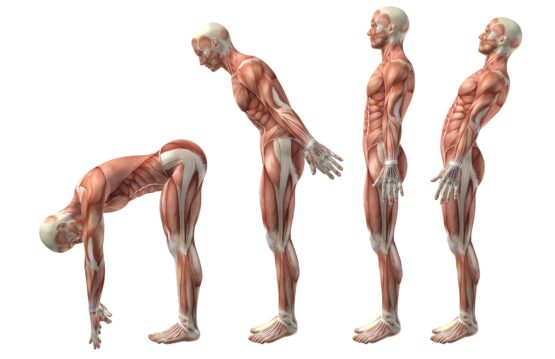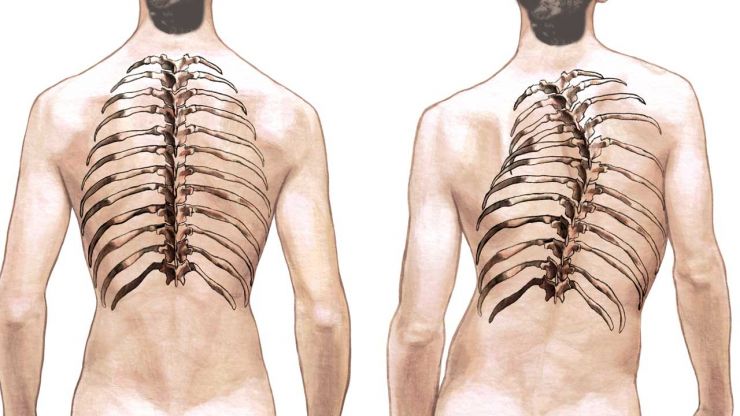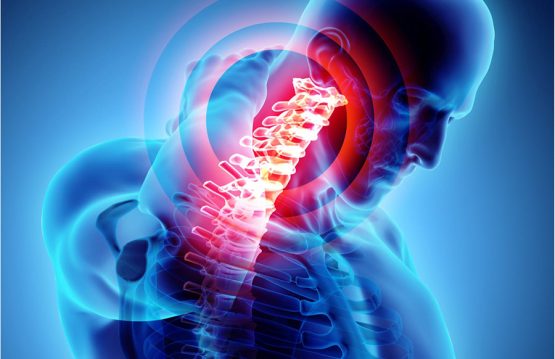Kyphosis treatment is an ever-evolving field, where scientific and technological advances are opening new horizons in addressing this spinal condition. With constant research and discoveries, medical specialists have introduced innovative methods into the therapeutic arsenal of kyphosis aimed at optimizing treatment results.
In this context, we explore in detail the novelties and advances in the field of treatment for kyphosis, highlighting the modalities that are redefining the perspective on the management of this medical condition.
CONTENT:
History of Kyphosis Treatment
The history of kyphosis treatment reflects the continuous evolution of the methods and technologies used to address this complex spinal condition. In the past, kyphosis therapy focused on traditional methods, such as physical therapy and specific exercises, mainly aimed at strengthening the back and abdominal muscles. These approaches were designed to improve posture and prevent excessive curvature of the spine from worsening.
Posture-correcting devices such as corsets or braces have also been used to provide additional support and encourage proper spinal alignment. In more severe cases, where the spinal deformity was pronounced and caused significant complications, surgery was a viable option. These procedures focused on physically correcting the spine to restore proper alignment and reduce pressure on the intervertebral discs and nerves.
However, technological advances and scientific research in recent decades have opened new perspectives on the treatment of kyphosis. New discoveries in science and technology have enabled the development of more advanced and personalized approaches. Exoskeletons, for example, have become a promising innovation, providing personalized biomechanical support and helping to maintain correct posture during daily activities.
In addition, technologies such as virtual reality and artificial intelligence have been integrated into the treatment process, providing interactive and personalized methods for addressing kyphosis. These tools allow therapists to create exercise programs tailored to individual patient needs and monitor progress in more detail.

New methods of treatment
In the medical field, rapid advances and innovative discoveries have opened up new horizons for addressing ailments and improving patients’ quality of life. A significant aspect of this revolution is the development and implementation of new treatment methods, which bring significant benefits in the management of various health conditions. These methods represent not only an evolution of traditional medical practices, but also an adaptation to the complex challenges of contemporary society.
New therapeutic approaches meet the individual needs of patients, taking into account the variability of genetic factors, lifestyles and social contexts. Recent breakthroughs in biotechnology, artificial intelligence and personalized medicine have contributed to the development of a dynamic medical landscape, where traditional methods are complemented or even replaced by more precise and effective interventions.
1. Exoskeleton therapy
One of the most recent advances in the treatment of kyphosis is the use of exoskeletons. These portable devices, which attach directly to the body, are designed to support and correct the patient’s posture. People can customize them to suit their individual needs and use them during daily activities to maintain correct posture.
2. Virtual Reality (VR) Therapy
The use of virtual reality in the treatment of kyphosis has become increasingly popular. Patients can perform specific exercises in a virtual environment under the close supervision of the therapist. This type of therapy not only provides an interactive and fun aspect, but also helps improve the patient’s motivation to follow a regular treatment schedule.
3. Gene therapy
In medical research, gene therapy has become a growing area of interest. In the case of kyphosis, researchers are exploring the possibility of using gene therapy to correct genetic abnormalities associated with the development of this condition. Although this field is in the early stages of research, initial results show promise in the direction of developing more specific treatments.
4. Artificial Intelligence (AI) Therapy
The use of artificial intelligence in the diagnosis and treatment of kyphosis is another significant innovation. Machine learning algorithms can analyze data from medical images and provide personalized recommendations for treatment. This type of approach can improve diagnostic accuracy and adapt therapy to individual patient changes over time.
Exaggerated kyphosis treatment
Treatment of exaggerated kyphosis depends on the severity of the condition, the patient’s age, general health and possible associated complications. The treatment includes physical therapy, exercises, posture correction, and, in some cases, medical or surgical interventions. It is crucial to see a medical specialist, such as an orthopedist or physical therapist, for an evaluation and personalized treatment plan. Here are some common treatment methods for exaggerated kyphosis:
1. Physical Therapy and Exercise:
- Physiotherapy can help strengthen your back and abdominal muscles, thereby improving your posture.
- Specialized exercises focused on strengthening the muscles around the spine can help reduce excessive curvature.
2. Posture Correction:
- Education about proper posture during daily activities and at the office can help prevent kyphosis from worsening.
- Medical professionals may recommend postural supports, such as corsets or braces, to help maintain proper spinal alignment.
3. Drug Therapy:
- Doctors may prescribe nonsteroidal anti-inflammatory drugs (NSAIDs) to control pain associated with kyphosis.
- In some cases, doctors may use muscle relaxant medications to reduce muscle spasms.
4. Medical Interventions:
- Physicians may administer corticosteroid injections to reduce inflammation around the spine and relieve pain.
- Therapy with the help of a pain specialist may also involve techniques such as nerve ablation to reduce pain sensations.
5. Surgery:
- In severe cases or when other treatment methods prove unsuccessful, physicians may consider surgery to correct the spinal deformity.
It is essential to address exaggerated kyphosis under the guidance of a medical professional and follow a personalized treatment plan. Self-treatment or ignoring symptoms can lead to complications and progression of the condition.




